this post was submitted on 20 Nov 2024
28 points (93.8% liked)
Forage Fellows 🍄🌱
565 readers
1 users here now
Welcome to all things foraging! A new foraging community, where we come together to explore the bountiful wonders of the natural world and share our knowledge of gathering wild goods! 🌱🍓🫐
founded 1 year ago
MODERATORS
you are viewing a single comment's thread
view the rest of the comments
view the rest of the comments


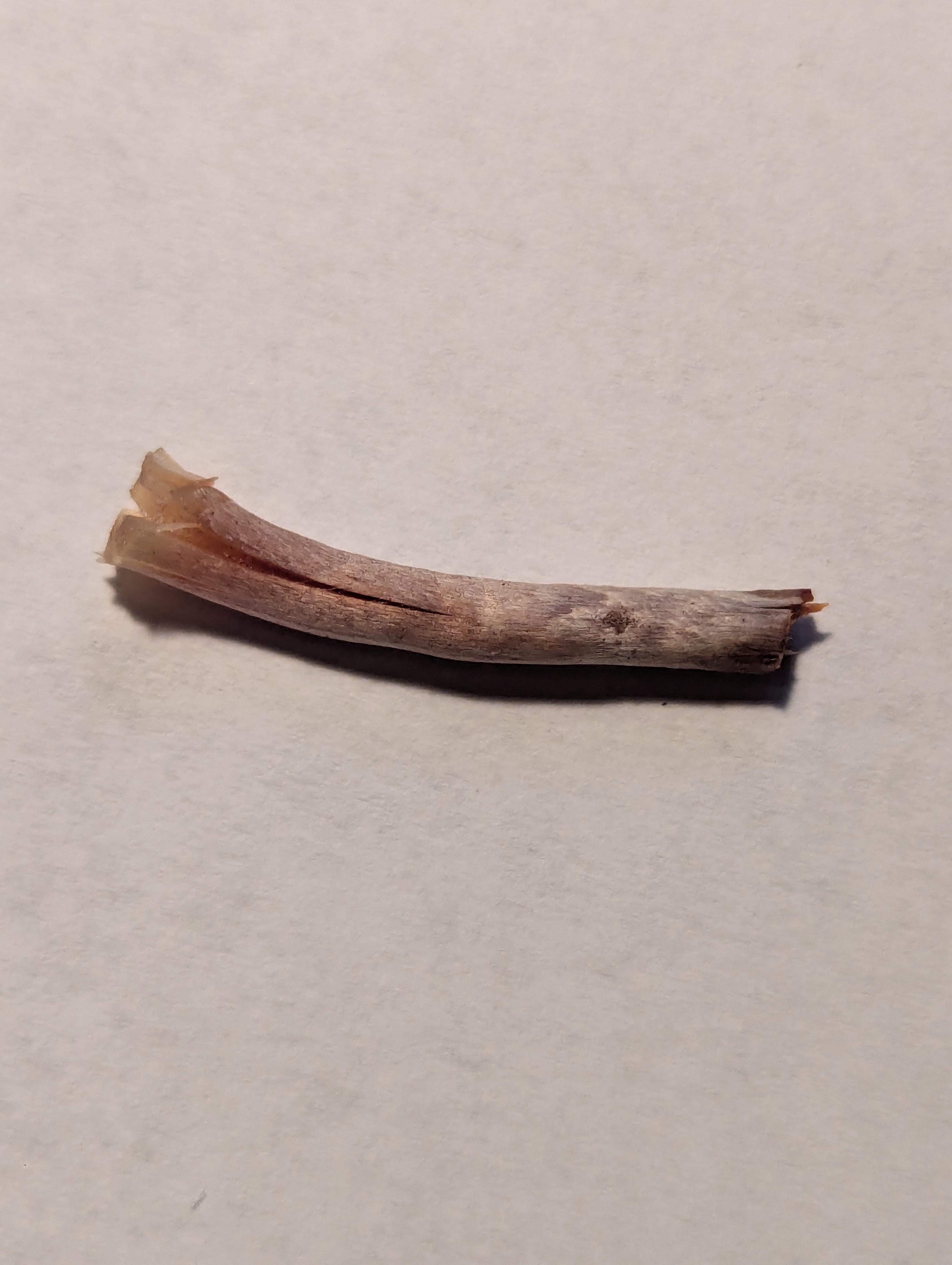
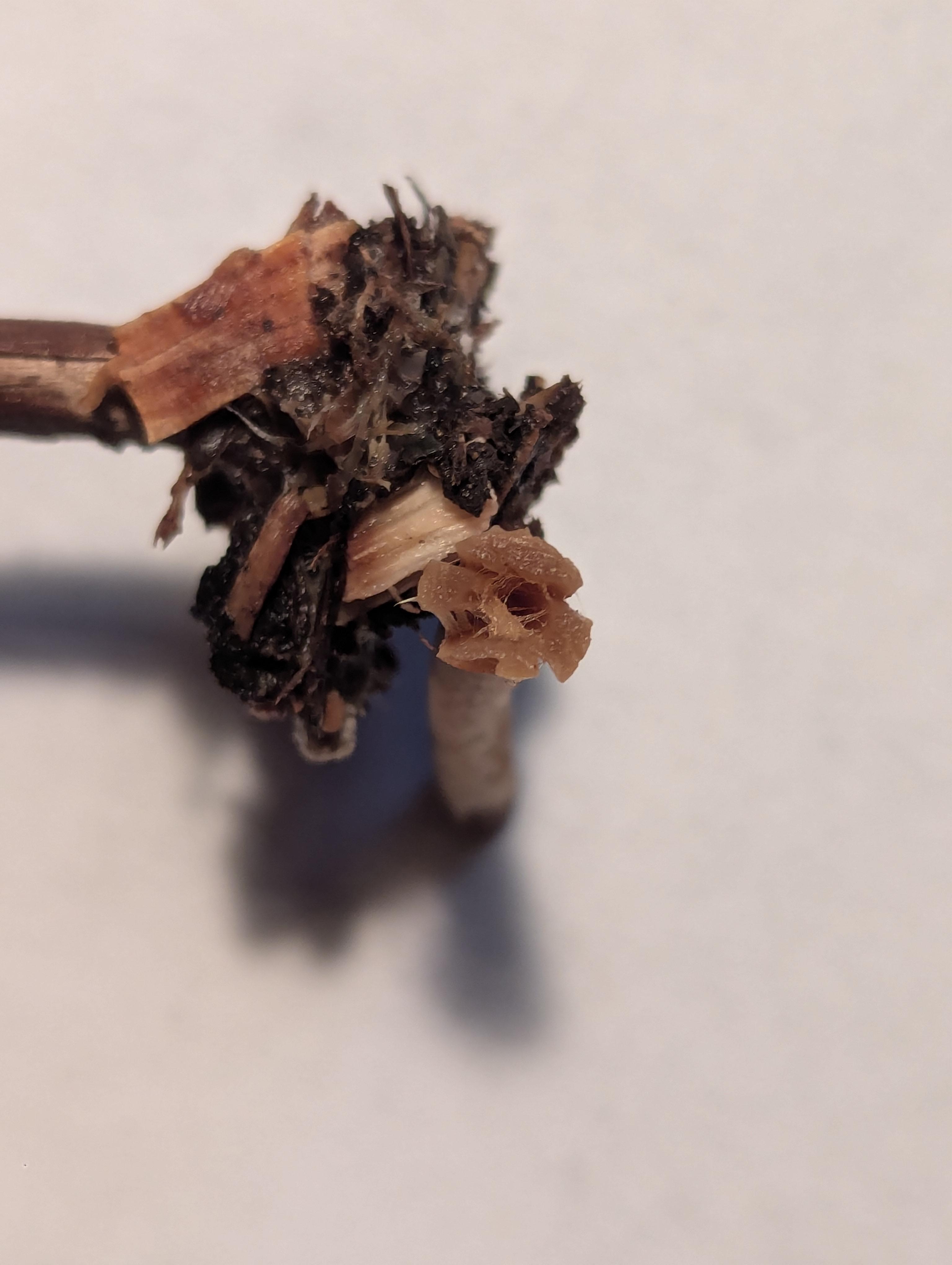
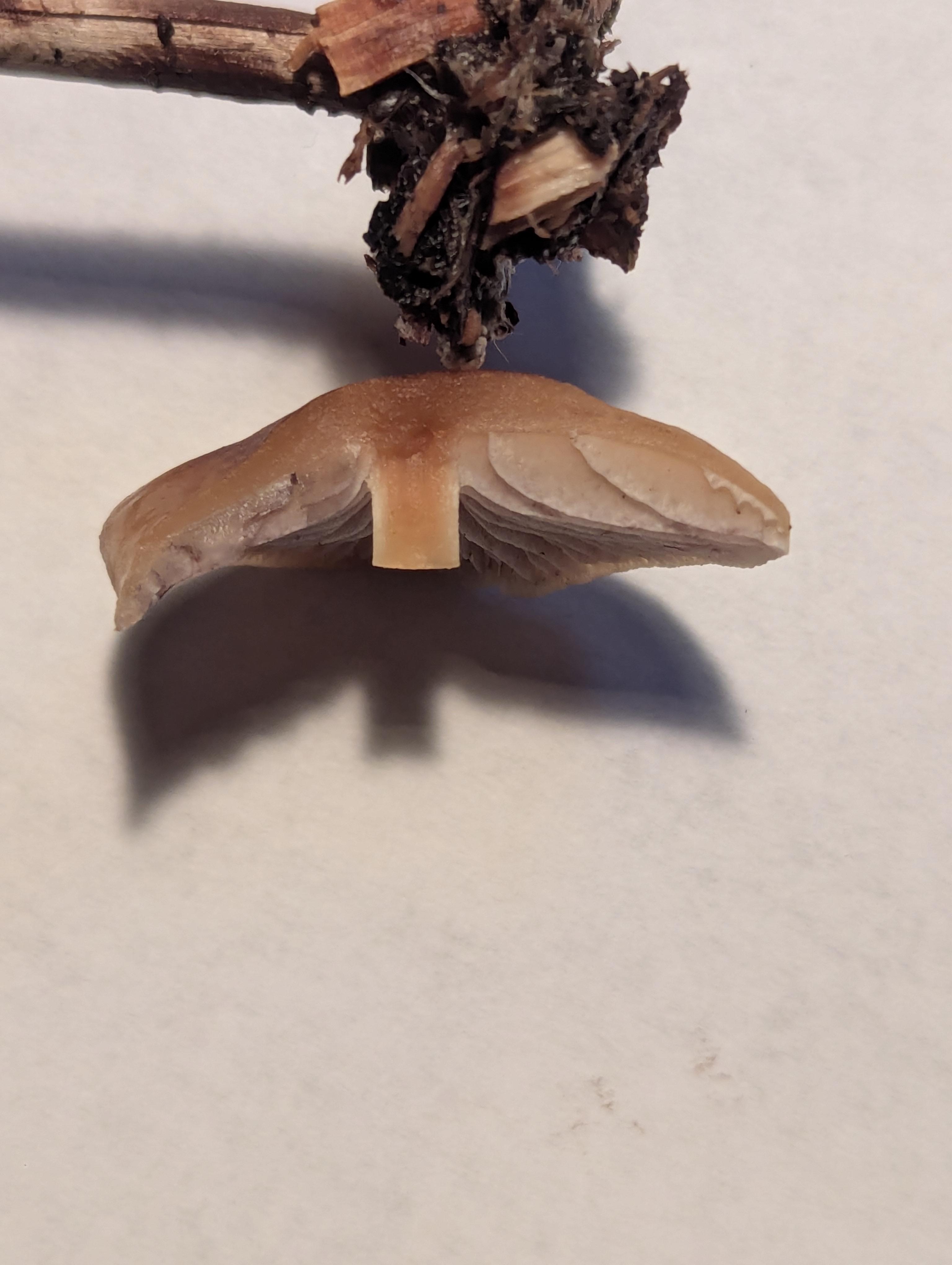
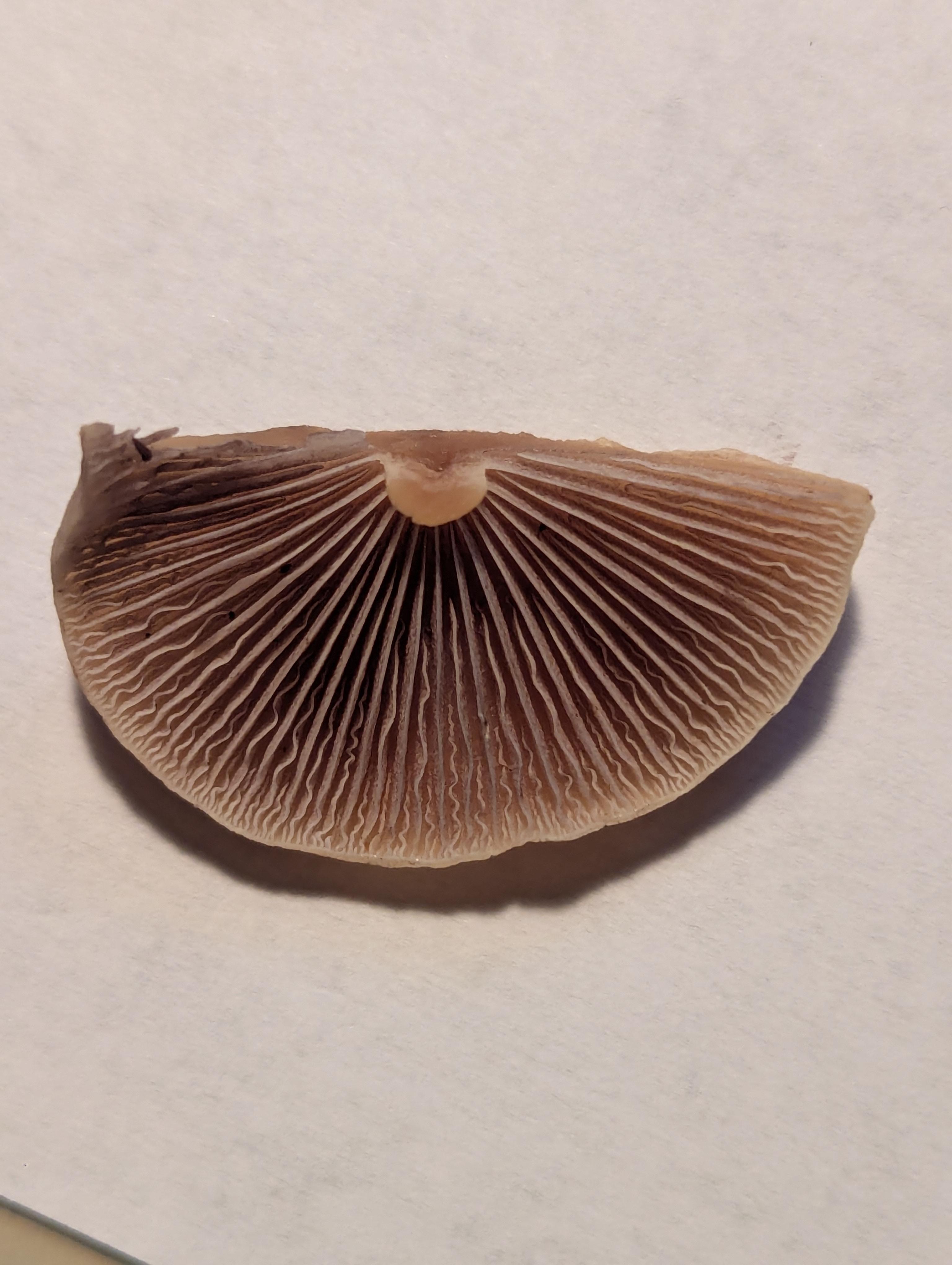
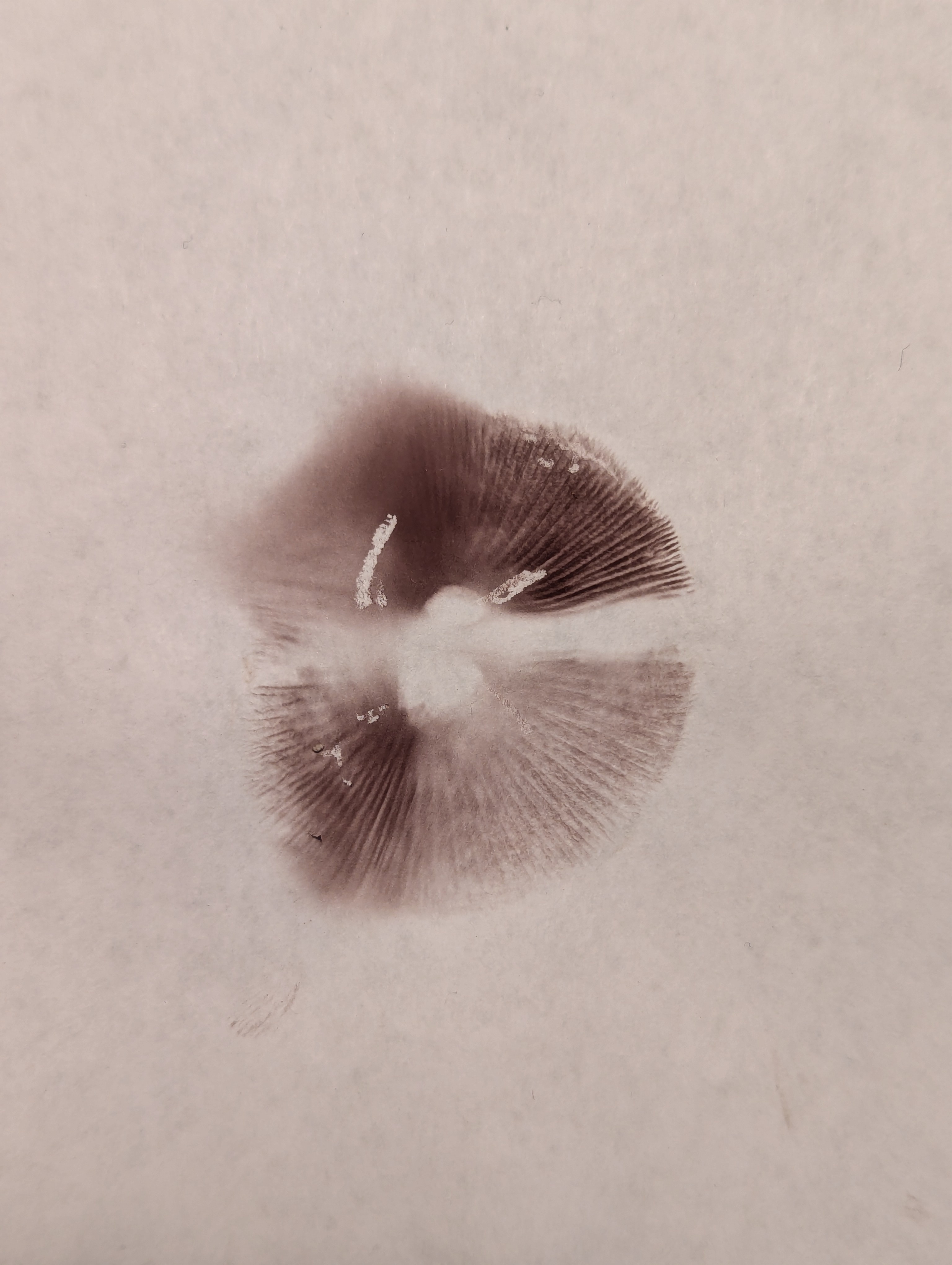
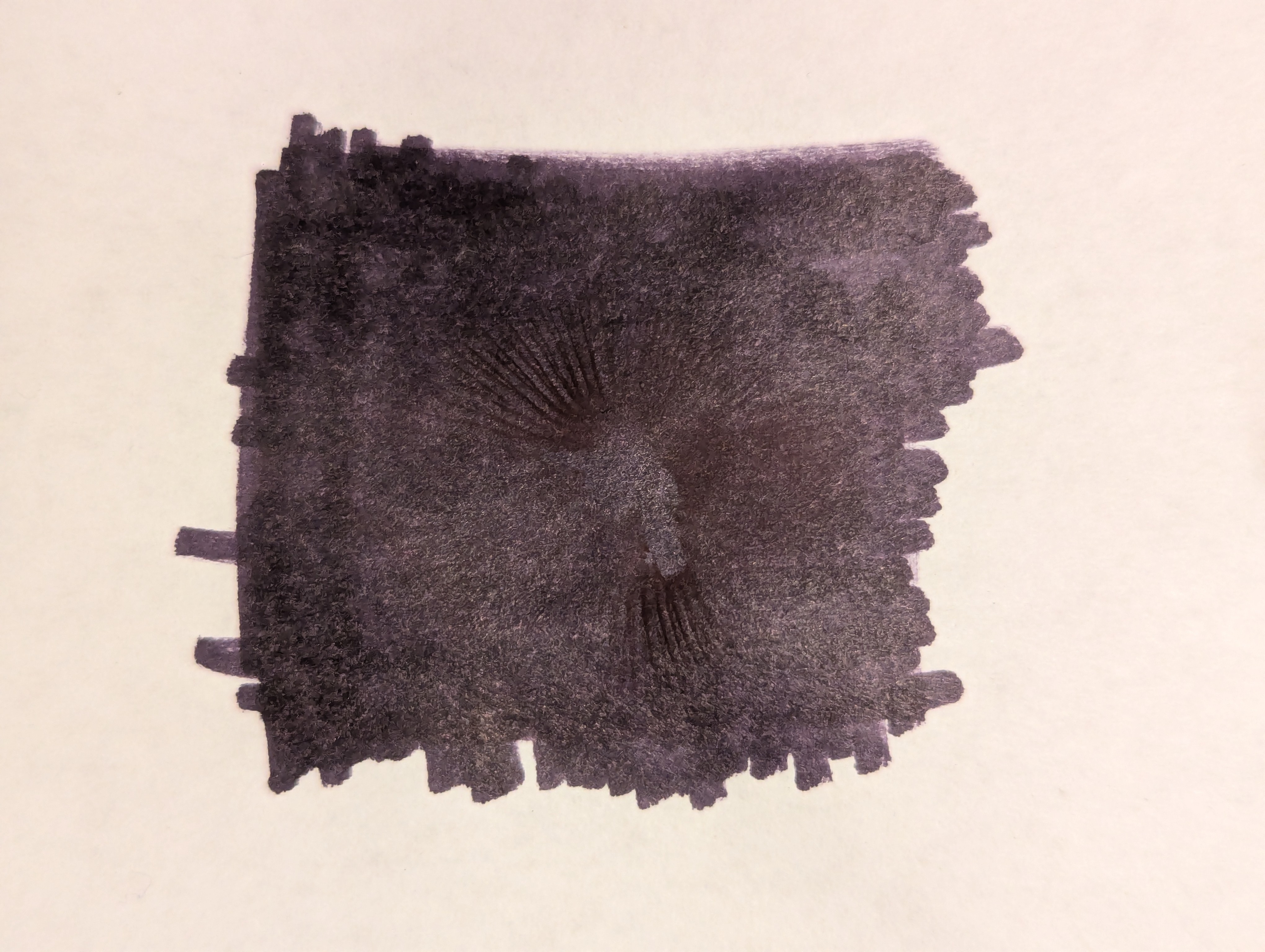
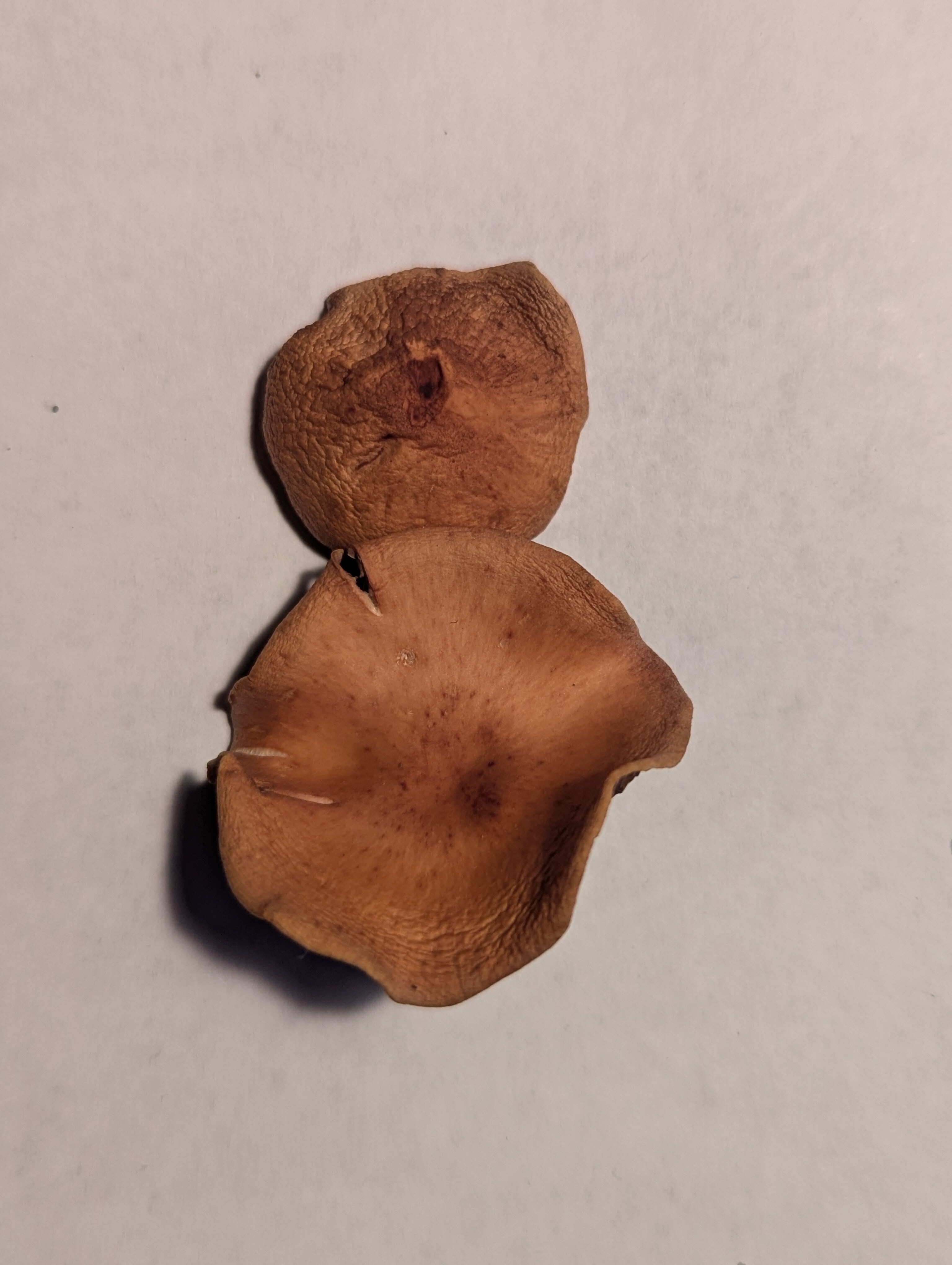
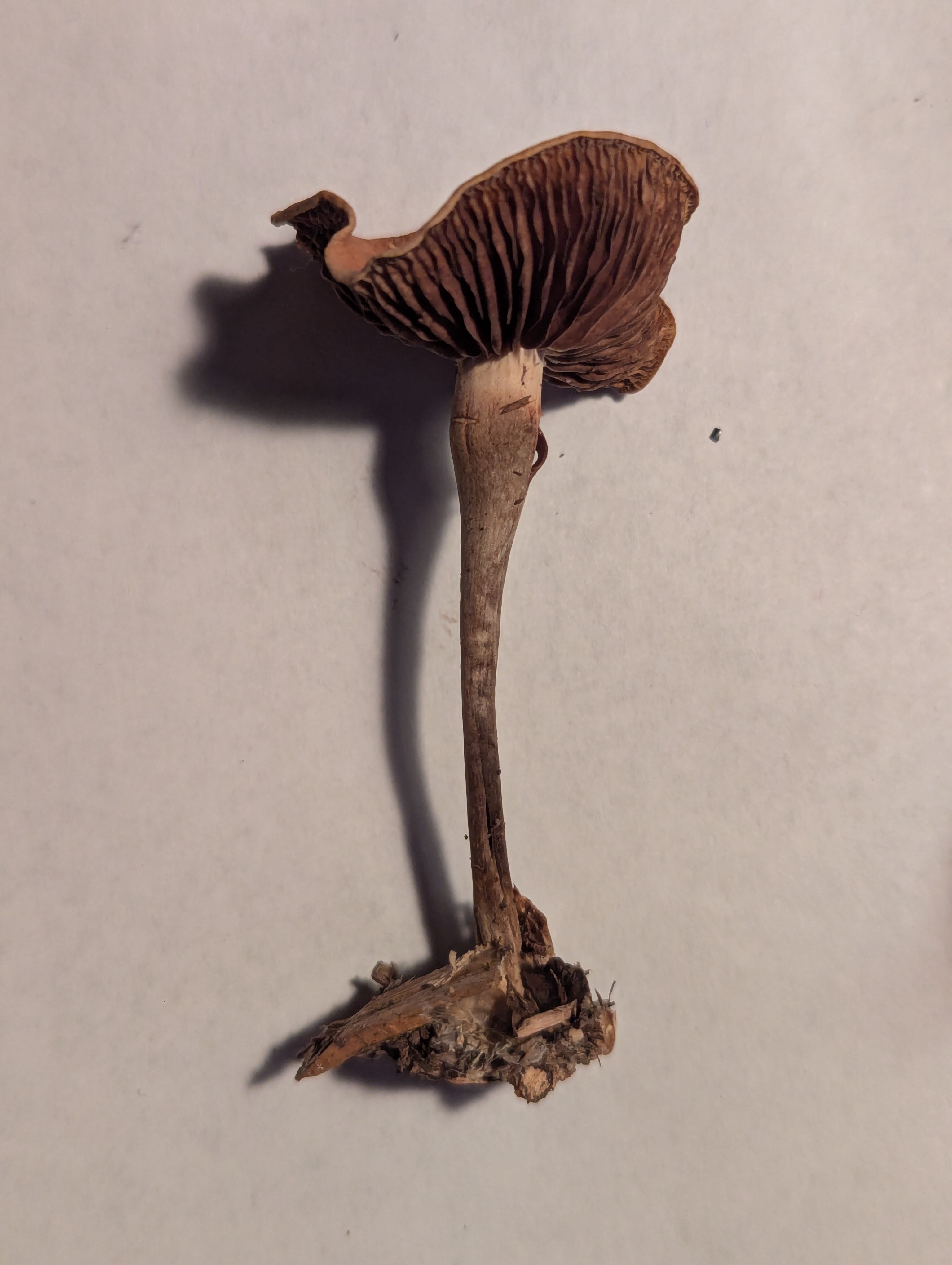
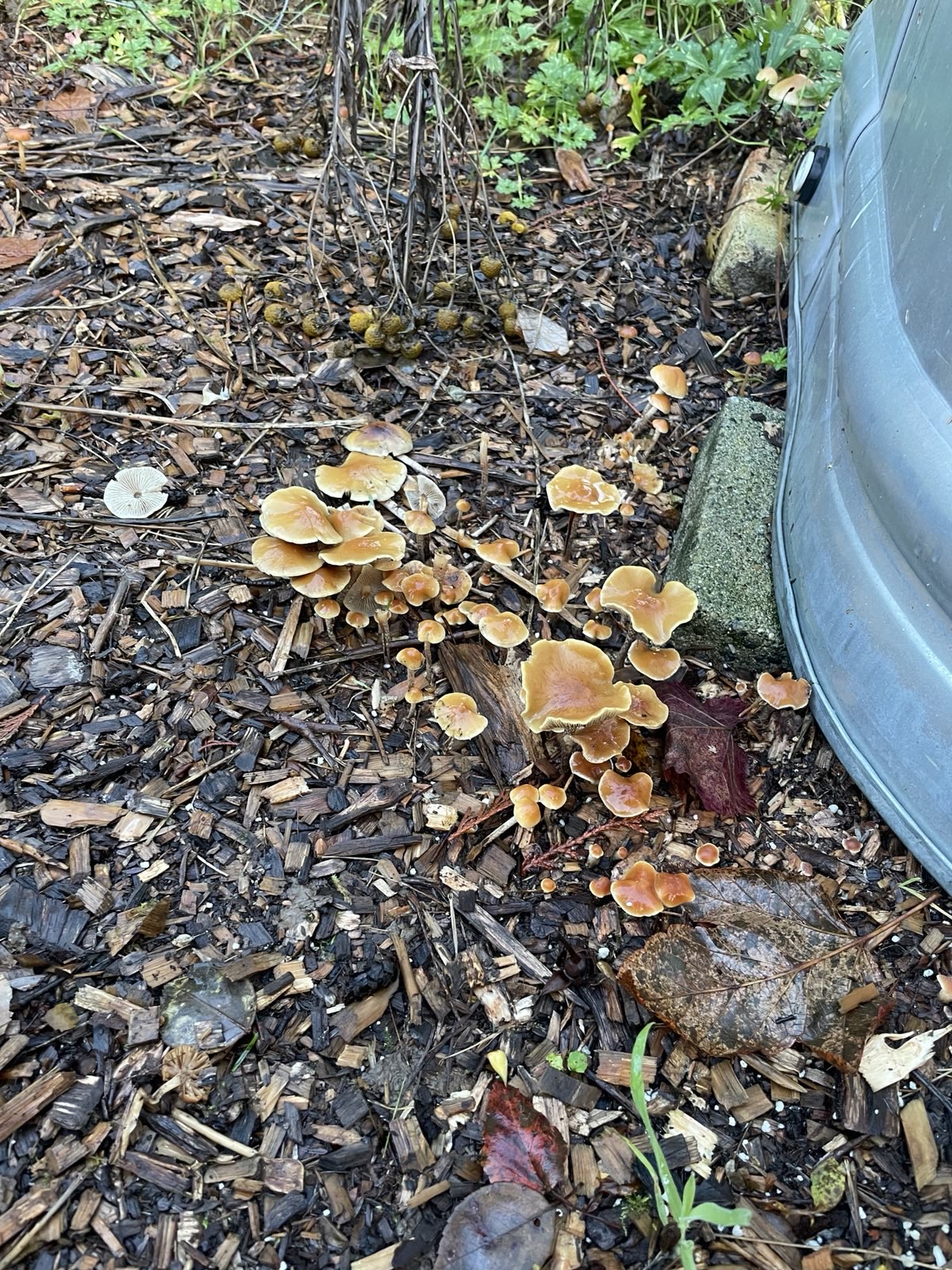

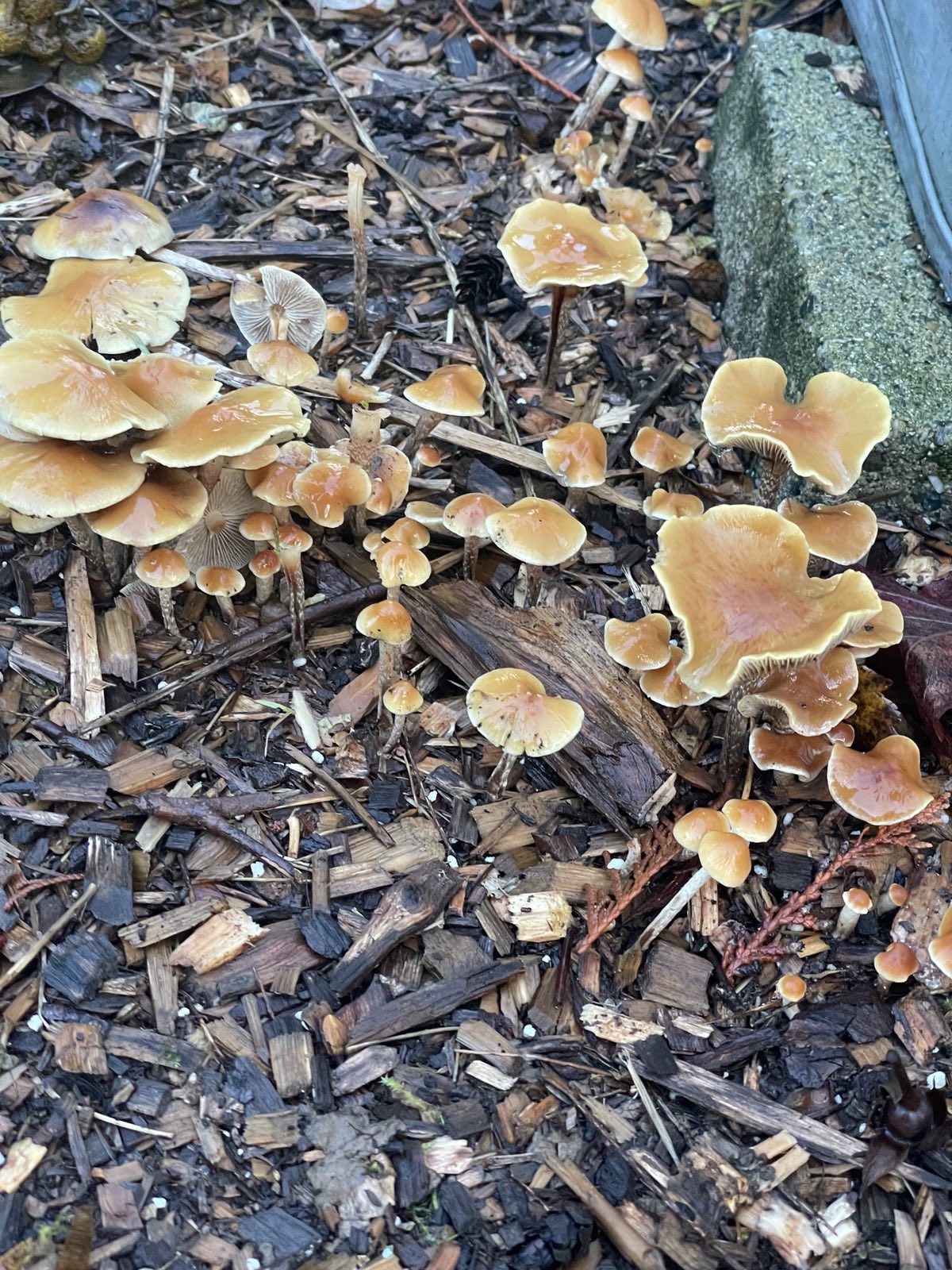
I figured that it'd be worth it to include it, at least for documentation purposes, if not for the potentially unlikely case that it does aid identification in some meaningful way.